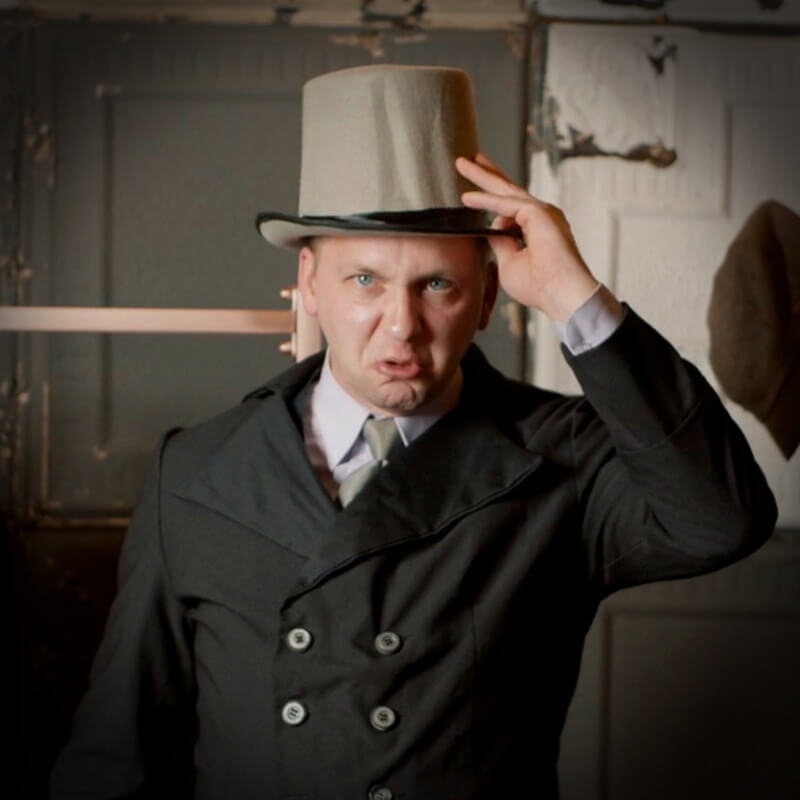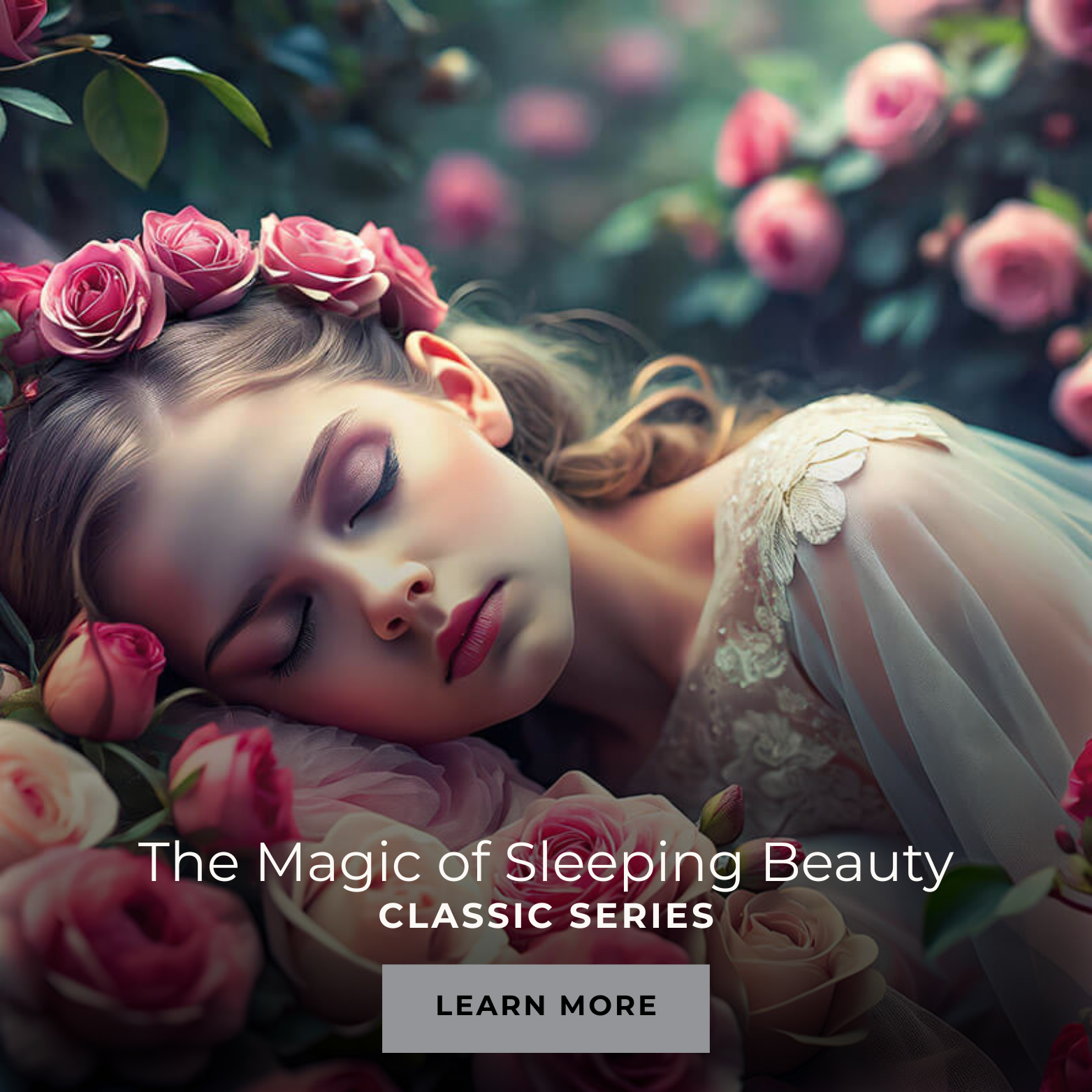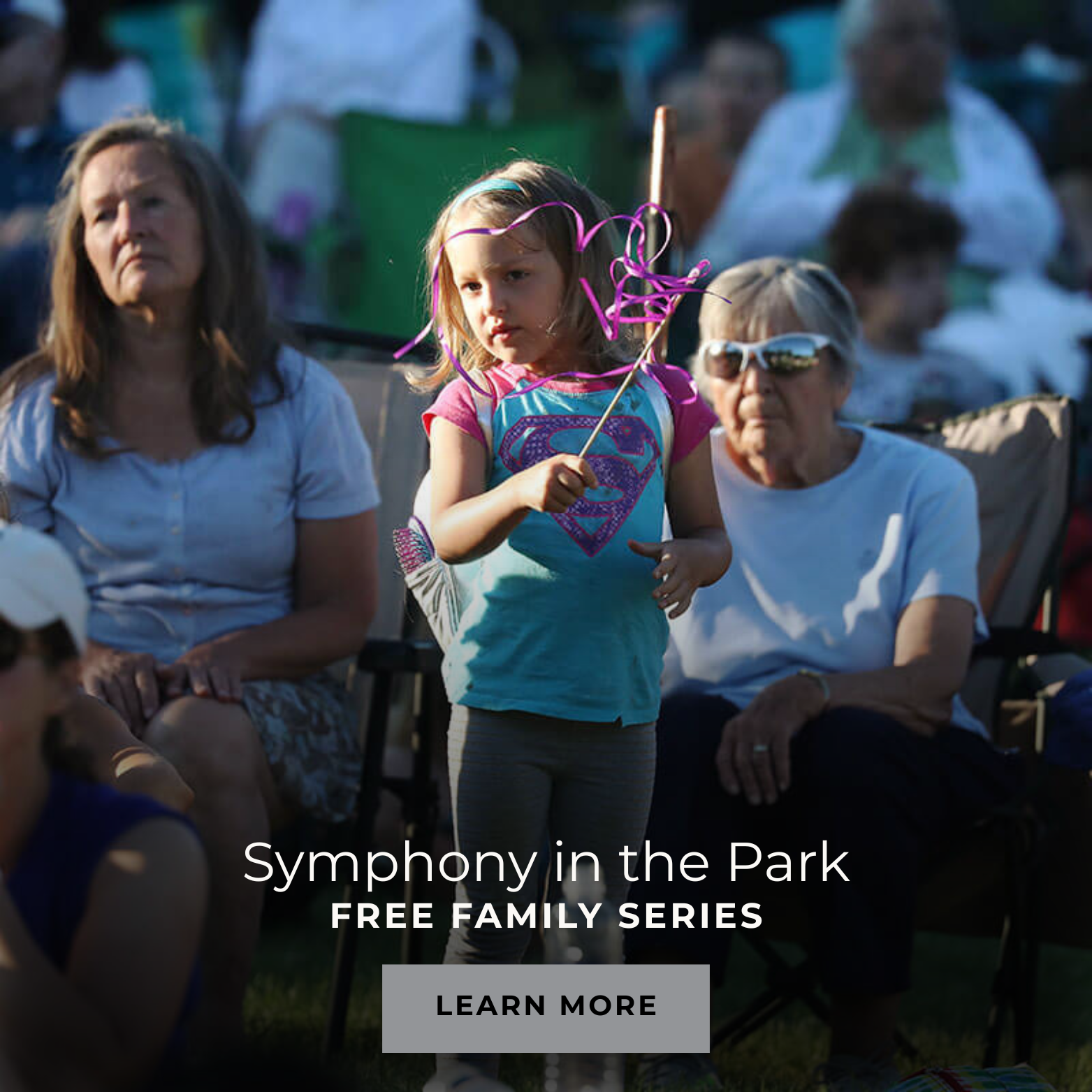NIKOLAI RIMSKY-KORSAKOV (1844–1908)
Polonaise from Christmas Eve
One of the most celebrated Russian composers, Rimsky-Korsakov is known for his orchestration mastery, vivid imagination, and ability to weave Russian folklore and traditional music into symphonic works. Fascinated by the legendary Russian author Nikolai Gogol’s story, The Night Before Christmas—a rich tapestry of folklore elements: witches, devils, romantic love, and … Christmas magic—Rimsky-Korsakov transformed it into an opera. Premiering in 1895 in St. Petersburg, Christmas Eve quickly became a beloved part of Russian opera repertory. The work reflects Rimsky-Korsakov’s deep interest in storytelling, national identity, and his unparalleled talent in evoking vivid scenes through music. Polonaise, an instrumental interlude from the fourth act, a lively and festive instrumental piece that has garnered a life of its own outside the opera.
One of the most celebrated Russian composers, Rimsky-Korsakov is known for his orchestration mastery, vivid imagination, and ability to weave Russian folklore and traditional music into symphonic works. Fascinated by the legendary Russian author Nikolai Gogol’s story, The Night Before Christmas—a rich tapestry of folklore elements: witches, devils, romantic love, and … Christmas magic—Rimsky-Korsakov transformed it into an opera. Premiering in 1895 in St. Petersburg, Christmas Eve quickly became a beloved part of Russian opera repertory. The work reflects Rimsky-Korsakov’s deep interest in storytelling, national identity, and his unparalleled talent in evoking vivid scenes through music. Polonaise, an interlude from the fourth act, is a lively and festive instrumental piece that has garnered a life of its own outside the opera.
RALPH VAUGHAN WILLIAMS (1872–1958)
Fantasia on Greensleeves
Sir John Falstaff is among the most popularly used characters in classical literature. He first appeared as a secondary character in Shakespeare’s Henry IV and Henry V. So popular was the fat knight that Shakespeare made him the central character in The Merry Wives of Windsor. Since then, Sir John has provided inspiration for a number of composers—beyond the well-known operas of Verdi and Nicolai, there is a symphonic study by Elgar and operas by Dittersdorf, Balfe, Holst, and Vaughan Williams.
It is from Vaughan Williams’ 1929 Sir John in Love—his operatic version of Shakespeare’s The Merry Wives of Windsor—that the Fantasia is derived. The composer’s interest in British folk music led him to include a number of traditional tunes as vocal numbers and instrumental interludes throughout the opera. “Greensleeves” was one of the top hits of Shakespeare’s time and is even mentioned in his play, so its inclusion in Sir John in Love is quite appropriate, as is the tune, “Lovely Joan.” Actually a rather bawdy ditty, its melody is similar enough “Greensleeves” that it could almost be a free variation on it. The two songs fit together very well, with “Lovely Joan” serving as the middle section of the Fantasia, which opens
GEORGES BIZET (1838–1875)
ARR. ERNEST GUIRAUD (1837–1892)
Farandole from L’Arlésienne Suite No. 2
After Bizet's death, many of his manuscripts were lost. His works were revised by other hands and published in these unauthorized versions so that it is often difficult to establish what is authentic Bizet. For example, by replacing the spoken dialogue with sung recitatives and making other amendments to the score, Ernest Guiraud (1837–1892) altered Bizet’s opera, Carmen, from opéra comique (a sort-of precursor to today’s musical) to grand opera format (all singing). Similar confusion exists with Bizet’s L’Arlésienne Suite No. 2.
L’Arlésienne or “The Girl from Arles” is a short story from Alphonse Daudet’s 1869 collection, Letters from My Windmill, which he adapted into a play. Commissioned to write the incidental music, Bizet composed 27 numbers (some only a few bars) for voice, chorus, and small orchestra, ranging from short solos to longer entr’actes. Bizet himself played the harmonium (small pump organ) backstage at the October 1, 1872 premiere at the Théâtre du Vaudeville in Paris.
The play was a flop, but the orchestral suite (No. 1) Bizet arranged of the music was a hit. Four years after Bizet’s death, Guiraud arranged and published Suite No. 2, using Bizet’s original themes—although not all of them were from the L’Arlésienne incidental music. Despite the extensive revisions, the second suite is generally credited to Bizet.
Farandole, the final movement of Suite No. 2, uses two contrasting themes: the Christmas carol, “The March of the Kings,” and a lively peasant tune based on “Danse dei Chivau-Frus.” In this traditional southern French dance, a long line of dancers, linked by the handkerchiefs they hold, wend their way through the streets, following a musician playing pipe and tabor (a portable drum).
TRADITIONAL IRISH
ARR. JEFF TYZIK (b. 1951)
Wexford Carol/Christmas Reel [5″]
In this set, composer/arranger Jeff Tyzik seamlessly combines old and new: Dating from the 15th or 16th century, “The Wexford Carol” is one of the oldest surviving Christmas carols in the European tradition. Its verses describe the Nativity almost point for point, beginning with Mary and Joseph finding nowhere to stay in Bethlehem and ending with the arrival of the shepherds. The carol came to prominence in the 19th century when Irish composer William Grattan Flood heard a local singer performing it. Flood, organist at St. Aidan’s Cathedral in Enniscorthy, County Wexford, added the carol to his repertoire, helping spread its popularity and eventually leading to its inclusion in the Oxford Book of Carols.
The “Christmas [Eve] Reel” is a popular session tune composed by Galway-style fiddle player Tommy Coen (1910–1974). As the story goes, Coen did not actually have a name for the tune but as it was first broadcast on an Irish radio station on a 1955 Christmas Eve program … you get the idea. Don’t concern yourself too much and enjoy one of the great party reels of Ireland!
CHARLES DICKENS (1812–1870)
A Christmas Carol (novella)
CARL DAVIS (1936–2023)
A Christmas Carol (selections from the ballet)
Carl Davis’s A Christmas Carol is a full-length ballet based on Charles Dickens’s classic 1843 novella. Premiering in 1992 with Northern Ballet Theatre (now Northern Ballet), the production was choreographed by Christopher Gable and directed by Michael Pink. Davis composed an original, richly textured score that blends traditional symphonic writing with Victorian carols and British folk influences, evoking the atmosphere of 19th-century London.
The ballet closely follows the Dicken’s story of Ebenezer Scrooge—from his miserly ways to his transformation after visits from the Ghosts of Christmas Past, Present, and Future. Davis's music plays a central role in conveying the emotional arc, using both original material and familiar melodies to support the dramatic and dance elements.
A critical and popular success from its debut, A Christmas Carol has become a seasonal favorite in the UK and abroad, particularly with regional ballet companies looking for a seasonal work with strong storytelling and accessible music. Michael Pink adapted it with new choreography for a 2003 Milwaukee Ballet production, helping introduce the work to American audiences.
Tonight’s performance is a reprisal of sorts of the Billings Symphony’s December 2017 performance (also with Dan Nickerson as narrator). The only other BSO performance of this American-born British composer work was February 2000’s presentation of the silent film, The Phantom of the Opera, Maestro Uri Barnea conducting.












